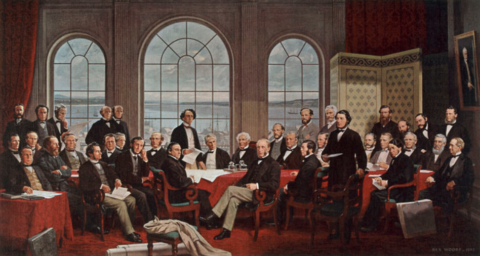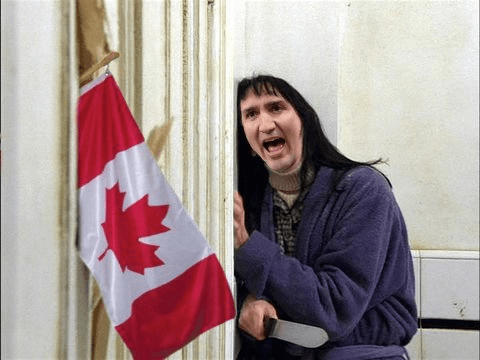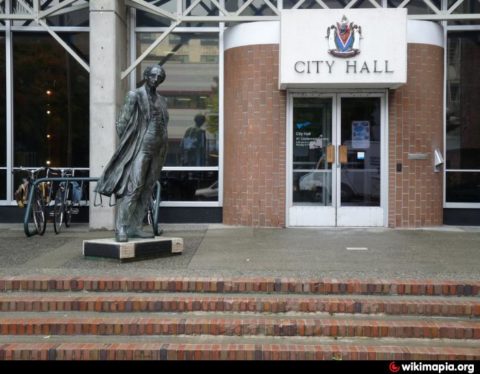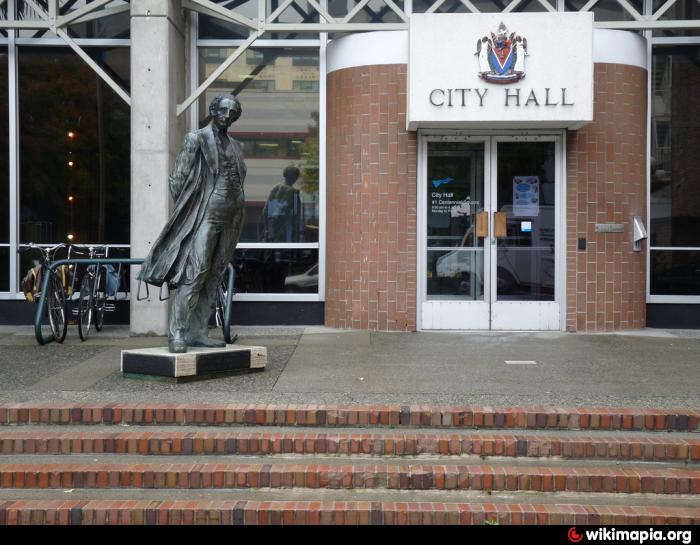For people who utterly lose their minds when the Bad Orange Man changes the names of things, Toronto’s activists are still full-steam ahead to force the Toronto District School Board to rename three schools:
According to media reports, the TDSB has voted 11 to 7 to change the names of three schools: Dundas Junior Public School, Ryerson Community School and Sir John A. Macdonald Collegiate Institute. Evidently, a process will now start to choose a new name at each school. We shall see what they end up with, hopefully something better than “Sankofa”, which is the new name for Dundas Square, and has absolutely nothing to do with Canada.
There is nothing wrong, in principle, with changing a school name. Times change, and school names may need to change to reflect changing times. I attended a school which was named after a school board trustee who had served many decades prior to my time at that school. Would it make sense to change the name to that of a person who lived more recently and had a bigger impact on the community? Maybe schools should not be named after people at all, but rather should get their name from some more enduring aspect of the community, city, province, or country? These are fair questions.
But in these three TDSB cases, the reasons being given for the changes are part and parcel of an overall strategy by the activists running the school system to rewrite history according to their narrative of colonial oppression and the victimhood of Indigenous people and “people of colour”.
Two of the schools, Dundas Junior Public and Ryerson Community School, are named for men who have been accused of complicity in historical evils specifically for deemed connections to the slave trade and to do with the Residential Schools set up for First Nations children, but the third really is historical revisionism on the grand scale: the one named for Canada’s first prime minister:

Sir John A. Macdonald, first Prime Minister of Canada. circa 1875.
Photo by George Lancefield from Library and Archives Canada, MIKAN ID number 3218718.
The activists want our illustrious first Prime Minister’s name off a school because they say he knowingly, willfully, and intentionally starved Indigenous people in the Prairies.
This starvation narrative was popularized by James Daschuck’s 2014 book Clearing the Plains but this harsh indictment of Macdonald does not stand up to scrutiny, as his government actually spent more on famine relief for the Indigenous people in 1884 than on national defense.
Additionally, the Canadian approach to avoiding war through treaties doubtless saved tens of thousands of Indigenous (and no small number of settlers) lives, as a look south of the border, where upwards of 60 000 died in such wars at the time, will attest.
Macdonald’s government created the Northwest Police Force (later renamed the RCMP) to protect the native (and settler) population from American raids and slaughter, and Indigenous leaders at the time expressed their gratitude for it. He provided vaccination against smallpox to thousands of Indigenous people too.
It should also be mentioned that the catch-all complaint about Macdonald being somehow responsible for forcing Indigenous kids to attend IRS schools is baseless. Such schools were built at the request of Indigenous leaders according to treaties with the Crown and attendance was entirely voluntary during Macdonald’s lifetime. Indeed, mandatory school attendance only became mandatory along with such a requirement for all Canadian children in the early 20th century.
As mentioned at the opening of this article, 7 of 18 TDSB trustees voted “no” to the name changes. This is an encouraging sign that presenting a simplistic and misleading account of Canada’s past, and the people who shaped our history, in the service of affirming a putrid and deceitful narrative of oppressors Vs. victims in Canada is starting to lose its credibility. People are starting to demand a more comprehensive, nuanced, and accurate account of what really happened, and why. Yes, mistakes were made, and there were some bad actors, but by and large our history is one to be exceedingly proud of. We can learn from our mistakes and be an even greater country in the future.









